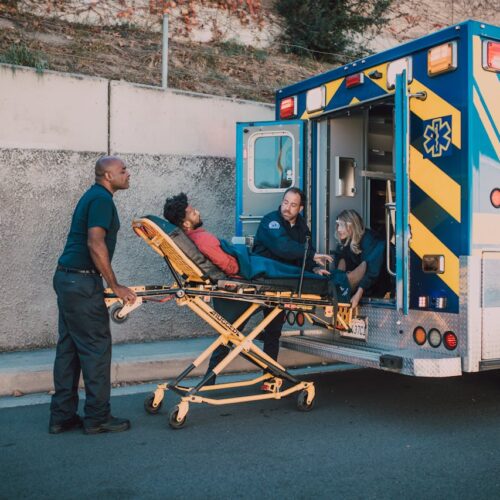New data released today by The Council of State Governments (CSG) Justice Center reveal the startling extent to which probation and parole violations contribute to states’ high prison admissions and populations, as well as the subsequent cost to taxpayers.
The report—Confined and Costly: How Supervision Violations Are Filling Prisons and Burdening Budgets—shows that 45 percent of state prison admissions nationwide are the result of violations of probation and parole supervision—either for new crimes or breaking supervision rules. In 20 states, more than half of state prison admissions are due to probation and parole violations.
“Probation and parole are meant to help people avoid both crime and incarceration and live successful lives in their communities. Instead, in many cases we’re seeing the opposite effect,” said Megan Quattlebaum, director of the CSG Justice Center. “Many states have made recidivism reduction a public safety priority, but the harsh reality is that supervision fails nearly as often as it succeeds.”
The first-of-its-kind, state-by-state analysis, developed in partnership with Arnold Ventures and the Association of State Correctional Administrators, also reports that one-quarter of prison admissions are the result of technical violations, which are often minor offenses, such as failed drug tests or missed curfews.
“No one thinks people should be sent to prison for a missed curfew or faulty paperwork—and yet this report shows these kinds of minor technical violations are contributing significantly to state prison populations,” said Juliene James, director of criminal justice for Arnold Ventures, which funded the analysis as part of its initiative to make community supervision fairer and more effective. “This should serve as a wake-up call that our probation and parole systems are not healthy, not functioning as intended, and need to be reformed.”
According to the report, approximately 95,000 people are incarcerated as a result of technical violations on any given day. Incarcerating people for these types of infractions collectively costs states $2.8 billion annually, with 12 states each spending more than $100 million every year.
“More than half of our prison admissions in Missouri are due to technical violations” said Missouri Department of Corrections Director Anne Precythe. “We have started to respond to this issue by implementing new practices, such as providing treatment for people with mental illnesses and substance addiction along with revamping our supervision policies for how we assess, case manage and respond to behavior. This report validates the direction the State of Missouri has taken over the last two years: building processes to case-manage our community population more effectively with the goal of reducing technical violations and revocations to prison.”
The costs of these technical violations feed into a larger price tag for taxpayers. The report shows that on any given day, nearly 280,000 people—almost one in four—are in prison as a result of supervision violations, costing states more than $9 billion annually.
Until now, national data regarding the impact of probation violations on prison populations has been unavailable, resulting in a lopsided focus on parole. The CSG Justice Center engaged corrections and community supervision leaders in all 50 states to develop the report released today, the first complete picture of how probation and parole violations impact states’ prison populations and admissions, as well as their budgets.
The report also offers state policymakers key questions to ask themselves when considering how to address challenges related to these violations, including how technical violations are handled, how supervision violations impact local jails, and how state policies impact how long people are on probation and parole.
“Our goal as criminal justice leaders should always be to improve public safety for our citizens by having people leave our custody less likely to commit a crime than when they came to us,” said Pennsylvania Department of Corrections Secretary John Wetzel. “With four times as many people on probation than on parole, policymakers should take a hard look at this population in their states. By doing so, states could achieve larger reductions in crime, arrests, and prison admissions and allow criminally involved individuals to be fully restored.”
Additional resources:
















